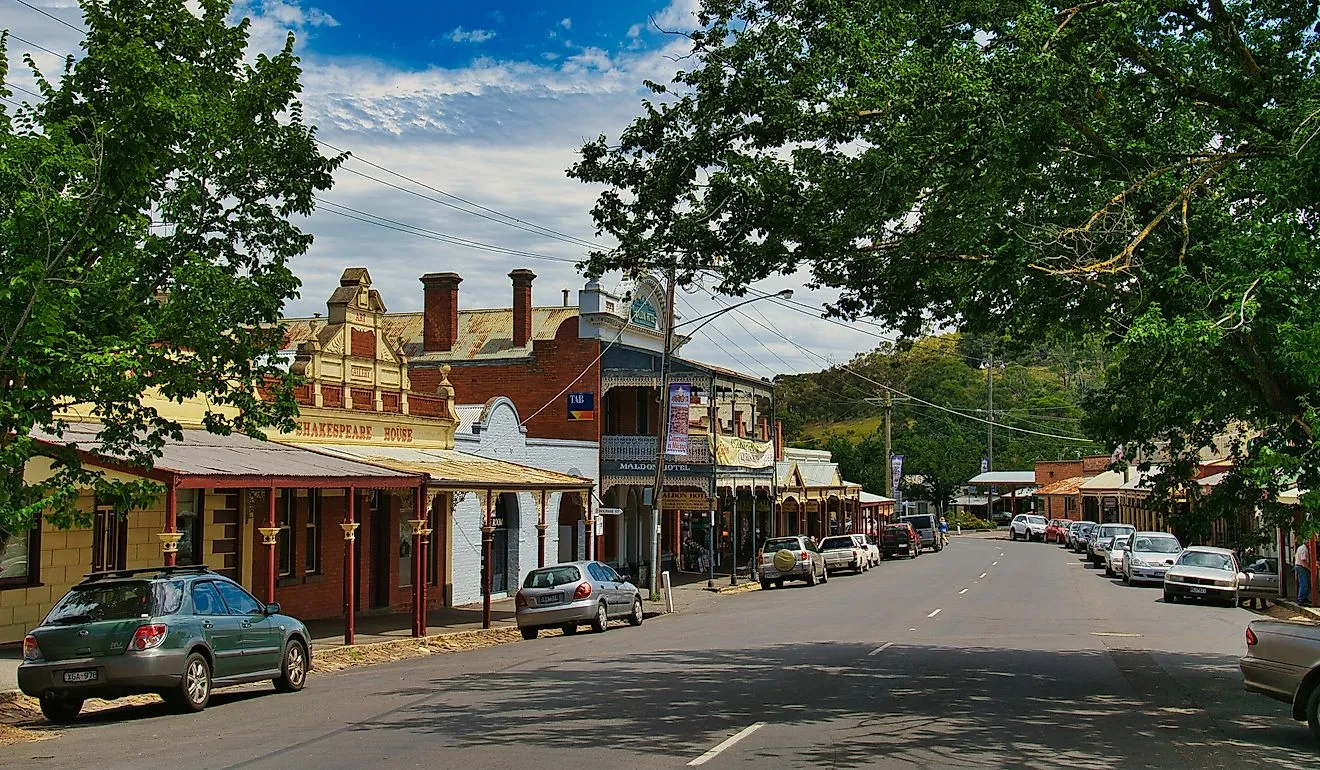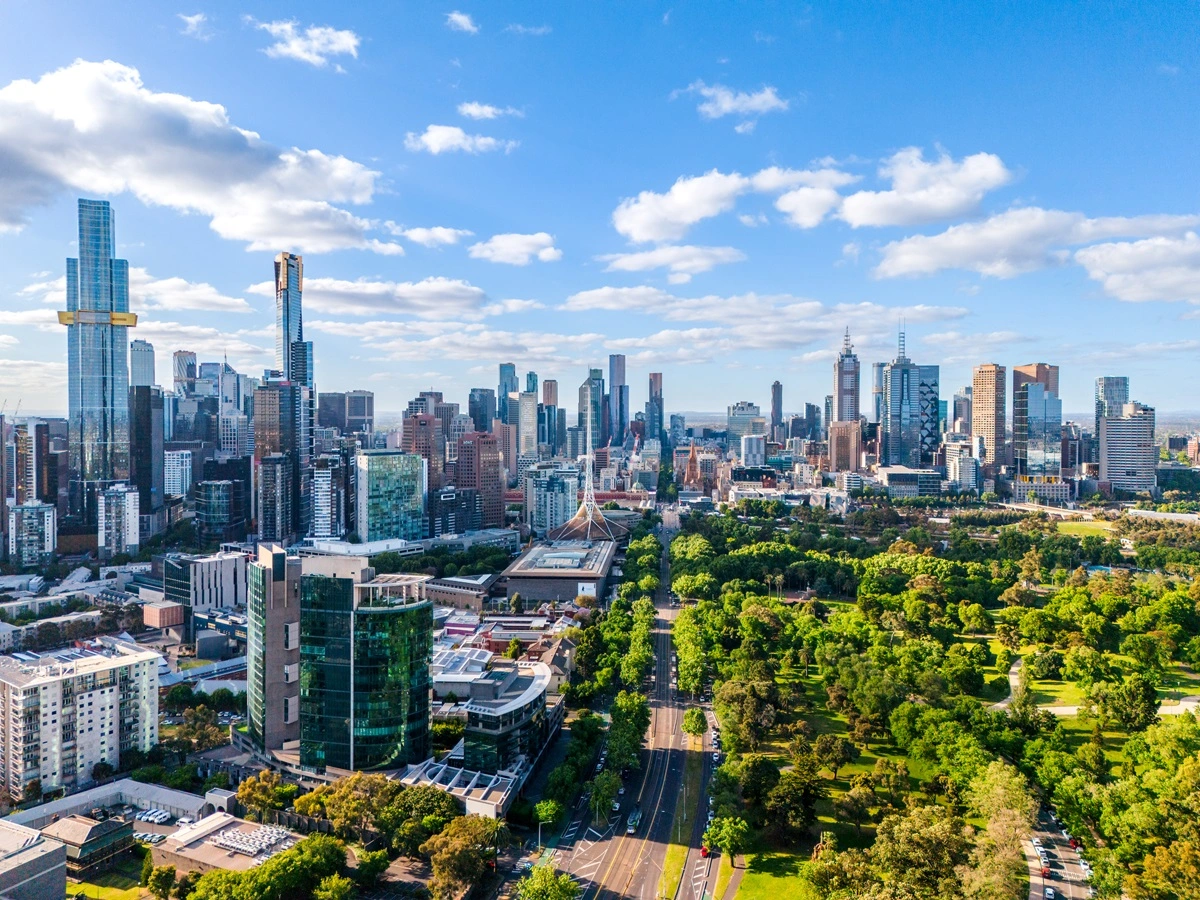- Home
- What We Do
- Services
- Sample Hub
- Learn More
- What are the different types of websites?
- Sample-Based Web Design
- Why Asa for your web design project?
- Why Your Business Needs to Go Online with a Website
- The Advantages of Single-Page Websites
- The Advantages of Multi-Page Websites
- The Advantages of E-Commerce Websites
- The Advantages of All-in-one Websites
- Promotions
- Project Management
- Contact
Discover Australia’s Stunning Pink Lakes in Victoria!
April 21, 2022Discover Cherry Blossoms in Melbourne and Victoria This Spring!
August 15, 2022
https://www.racv.com.au/content/dam/racv/images/content-hub/travel/location/victoria/regional-victoria/aurora-australis/Aurora-Australis-900×600-GettyImages-1312403268.jpg
Quick Summary:
This article explores the intricate social dynamics and cultural norms of the Victorian era, highlighting how they shaped daily life. Readers will gain insight into the expectations and challenges faced by individuals in a rapidly changing society.
What is an aurora?
Although auroras are only visible at night, they’re actually caused by a celestial body visible only during the day – the sun.
“The aurorae are all about the sun, and what the sun is doing,” says Russell Cockman, a member of the Astronomical Society of Victoria and former Solar Section Director.
Cockman explains that when you see an aurora, what you’re actually seeing is ‘solar wind’ – masses of charged particles (or ions) that are constantly emitted from the sun.
“Basically, the Earth is constantly being bathed in the solar wind, and we don’t even notice it.”
This solar wind can vary in intensity just like winds on Earth; often it’s a gentle breeze but occasionally it’s stronger, like a gale made up of countless charged particles.
When these particles reach Earth, they’re funnelled towards the north and south poles by the planet’s magnetic field. Here, they can end up in Earth’s upper atmosphere, around 300-400km above sea level.
“The energy of these particles, when they hit the molecules and atoms in the Earth’s upper atmosphere, can cause those molecules to become ‘excited’,” says Cockman. “They will then give off light of various colours, reds and greens and perhaps some blues and violets.”
“On the ground, we see those displays of light as the aurorae.”
What’s an antipodean aurora?
The Aurora Australis is the southern hemisphere’s answer to the famed Aurora Borealis, and it can be spotted throughout Victoria, but usually in the far south.
However, during periods of strong solar activity, it’s possible to see the Aurora Australis across southern Australia (including Victoria) and as far north as Canberra, Sydney and even southern Queensland.
In May 2024, thousands of Melburians and Victorians were treated to a dazzling display of stunning pink and green hues, which the Bureau of Meteorology attributed to the strongest geomagnetic storm in more than 20 years.
The reason it’s often harder to spot the Aurora Australis comes down to geography. “The Aurora Borealis is better known because there’s more landmass in the northern hemisphere in the latitudes where the aurora can be observed from,” Cockman says.
“Whereas our southern hemisphere is mainly water.”
Republished from www.racv.com.au. All rights remain with the original publisher.
Enjoyed this? Check more guides in our section.
[gpt meta=description max=155]Write a click-worthy meta-description (≤155 chars) that mentions Roots Asa once.[/gpt3]
trending, socialmedia, lifestyle, engagement, contentcreation



